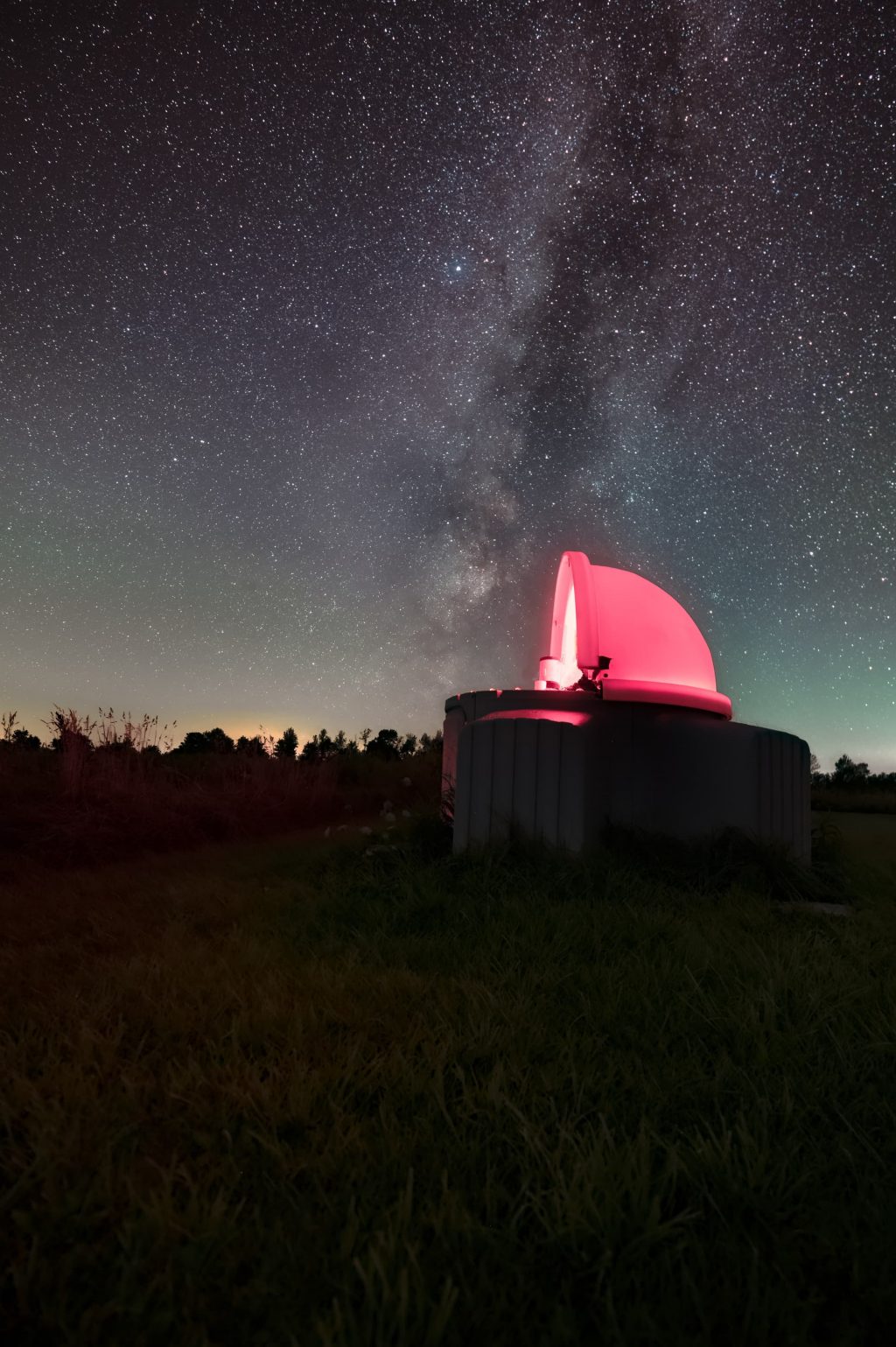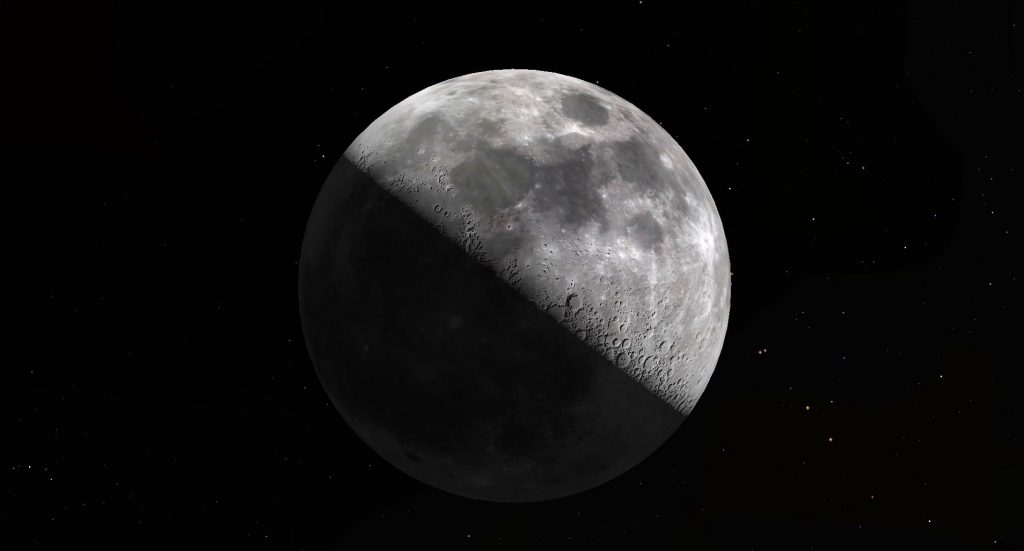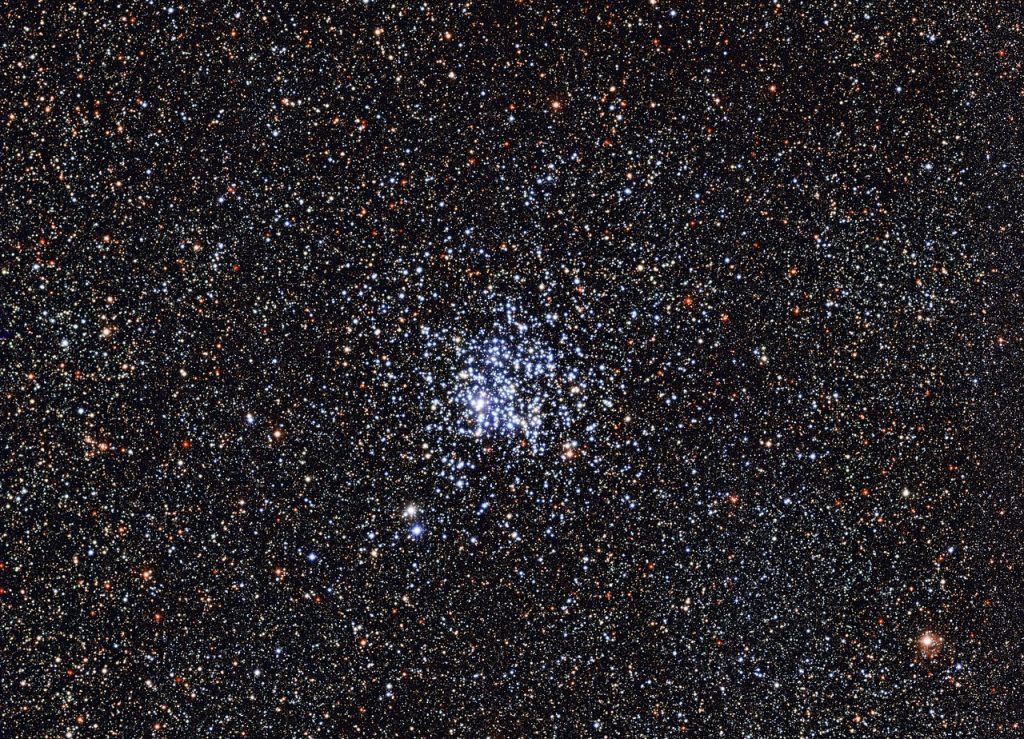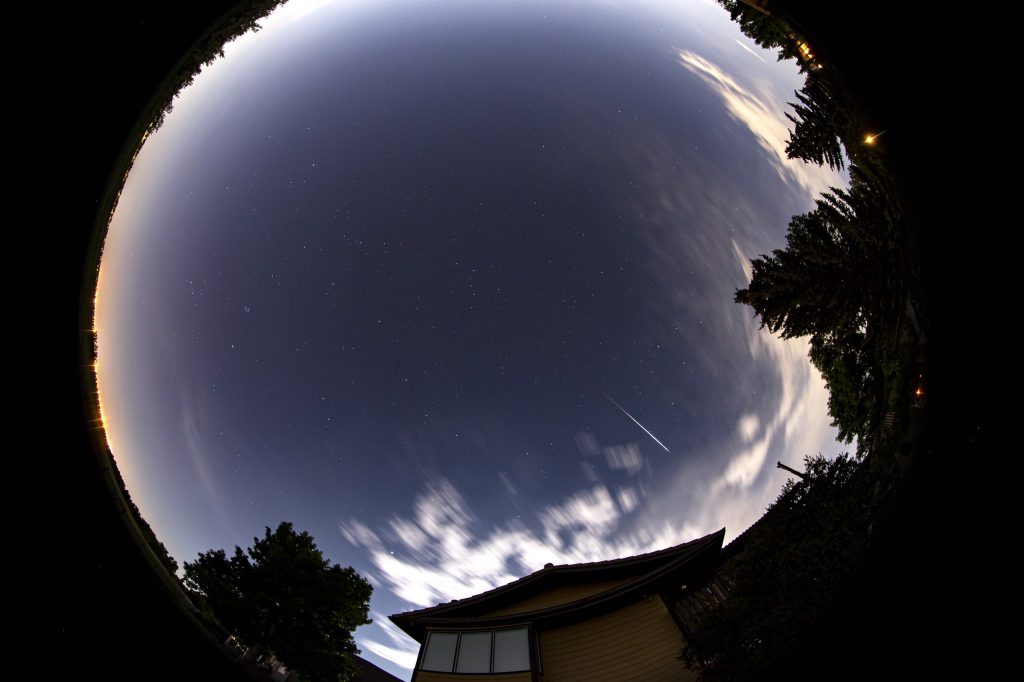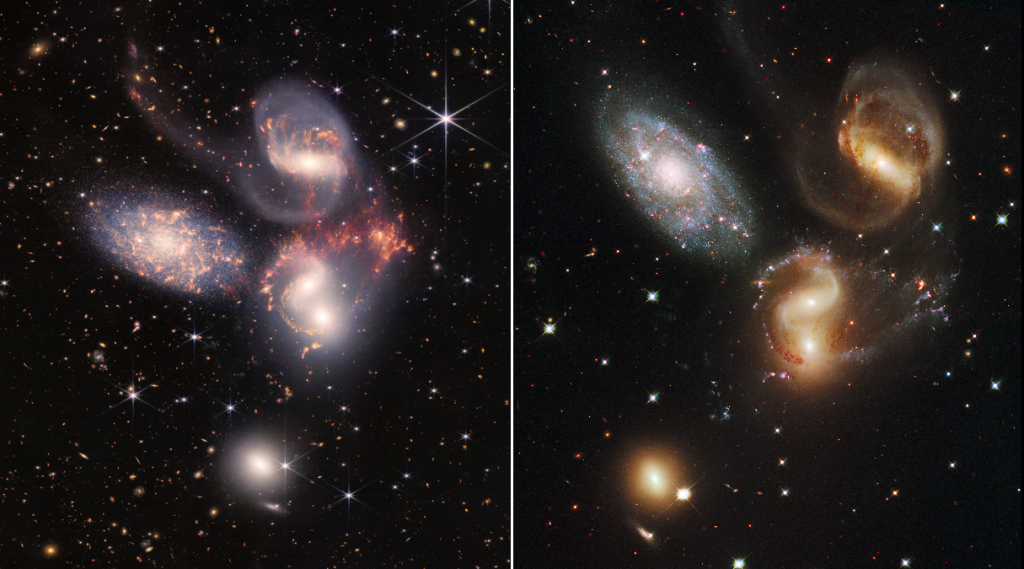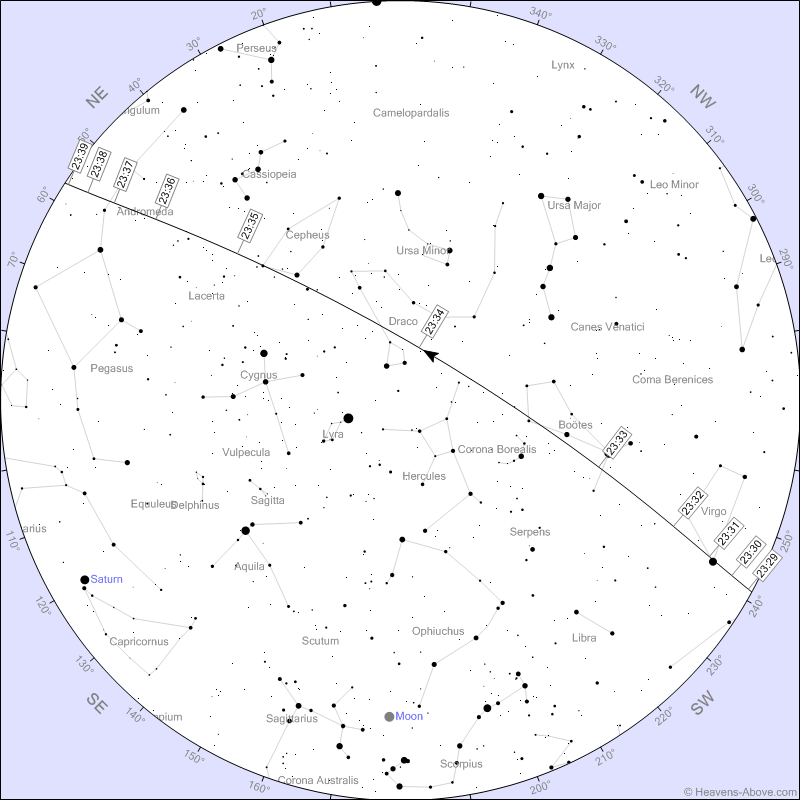All About Aurorae, the Moon Passes Planets and Occults a Teapot Star Before Growing Harvest Full!
This terrific image of the summer Milky Way rising from the southern sky, was captured on the moonless weekend of August 27, 2022 by Manu Mukerji while at the Carr Astronomical Observatory operated by the RASC Toronto Centre northwest of Toronto. In the foreground is a SkyShed Pod, a favorite of serious amateur astronomers who…
Read more
